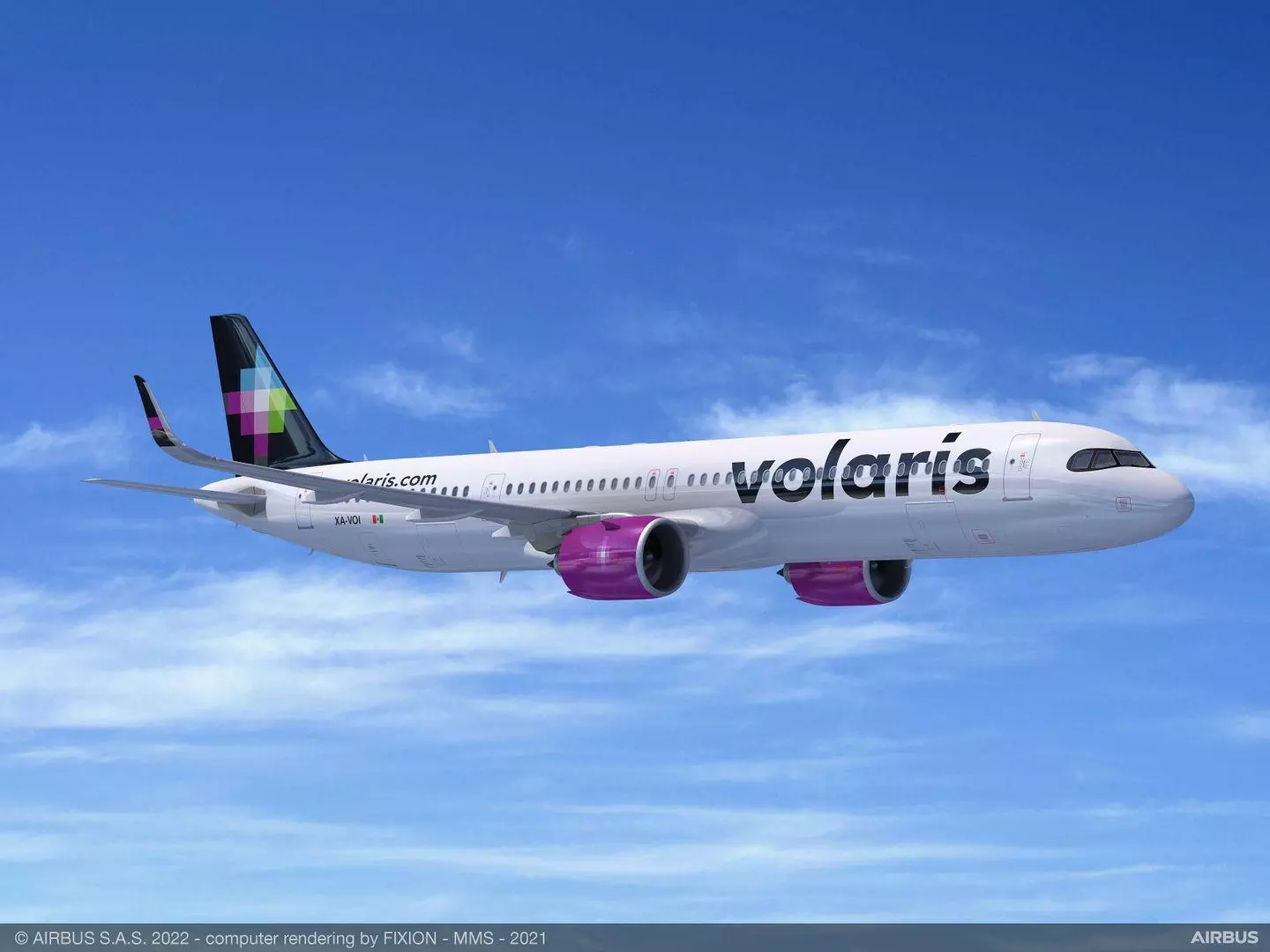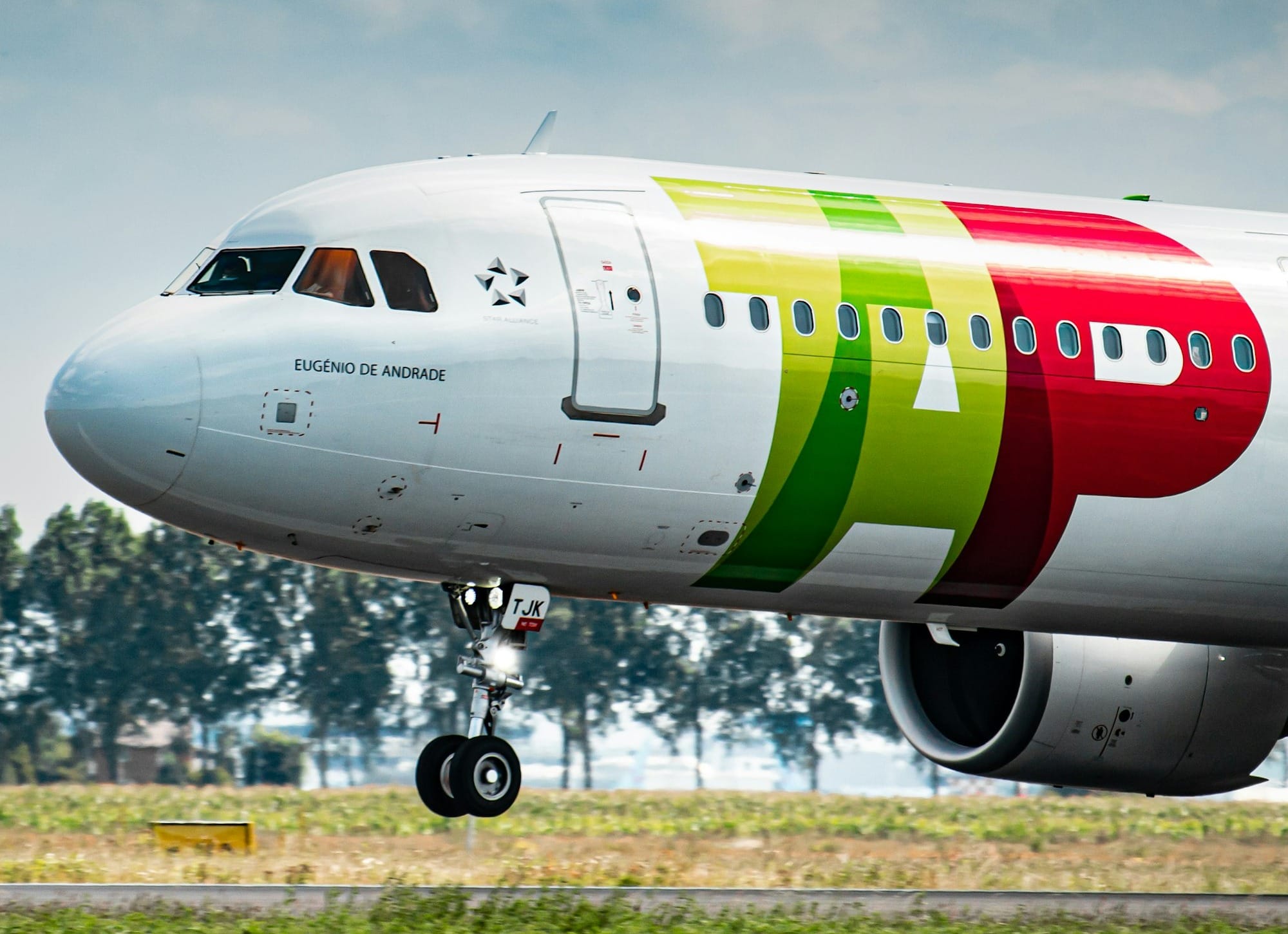St. Louis Lambert International Airport’s Consolidated Terminal Program: A New Chapter Begins with Environmental Assessment
St. Louis Lambert International Airport (STL) is embarking on a significant transformation with the announcement of its Consolidated Terminal Program.


St. Louis Lambert International Airport’s Consolidated Terminal Program: A New Chapter Begins with Environmental Assessment
Key Takeaways:
- St. Louis Lambert International Airport has initiated an official environmental assessment as part of its Consolidated Terminal Program.
- The assessment will evaluate the potential environmental impacts of the proposed terminal transformation.
- Stakeholders and the public will have opportunities to engage in the process and provide input.
St. Louis Lambert International Airport (STL) is embarking on a significant transformation with the announcement of its Consolidated Terminal Program. This ambitious initiative aims to enhance the airport's infrastructure, improve passenger experience, and ensure the airport's long-term economic viability. As part of this program, an official environmental assessment has been announced, marking a critical step in the project's development.
The environmental assessment will be a comprehensive study to identify, predict, and evaluate the potential environmental impacts of the proposed terminal changes. This process is not only a regulatory requirement but also a commitment by the airport to sustainability and responsible development. The findings of the assessment will inform the design and construction phases, ensuring that the airport's expansion is in harmony with its surroundings.
The Vision for STL's Consolidated Terminal Program
St. Louis Lambert International Airport has long been a gateway to the Midwest, and with the Consolidated Terminal Program, it is poised to redefine the travel experience for millions of passengers. The vision for the program is to consolidate passenger terminals, streamline operations, and introduce state-of-the-art facilities that cater to the needs of modern travelers. This vision is rooted in a strategic plan that prioritizes efficiency, accessibility, and innovation.
The program is expected to address current and future demands, accommodating growth in passenger numbers and changes in the aviation industry. By consolidating terminals, STL aims to reduce operational complexities and provide a more seamless experience for both passengers and airlines. The envisioned terminal will not only be a transportation hub but also a reflection of St. Louis's culture and community.
Advertising
Understanding the Environmental Assessment Process
The environmental assessment process is a critical component of the Consolidated Terminal Program. It involves a series of steps designed to ensure that potential environmental impacts are thoroughly considered and addressed. The process begins with a scoping phase, where the range of issues to be evaluated is determined. This is followed by the collection and analysis of data to understand the baseline conditions of the affected environment.
Public participation is a cornerstone of the environmental assessment, providing opportunities for stakeholders to offer insights and raise concerns. The final assessment report will detail the findings and recommend measures to mitigate any adverse effects. This transparent and systematic approach ensures that the airport's development aligns with environmental stewardship principles.
The Role of Public Engagement in the Assessment
Public engagement is integral to the environmental assessment process for STL's Consolidated Terminal Program. The airport authorities recognize the importance of involving the community and other stakeholders in the decision-making process. Public meetings, comment periods, and other forms of outreach are planned to gather input and address the concerns of those who may be affected by the project.
This engagement not only helps build trust and support for the program but also enriches the assessment with diverse perspectives. The insights gained from the public can lead to more informed decisions and foster a sense of ownership among the community. The airport is committed to maintaining open lines of communication throughout the project's lifecycle.

Advertising
Economic Implications of the Terminal Transformation
The Consolidated Terminal Program is more than an infrastructure project; it is an investment in the economic future of St. Louis. The transformation of the airport is expected to have significant economic implications, from job creation during the construction phase to long-term benefits such as increased tourism and business travel. The modernized facilities will also enhance the airport's competitiveness, attracting new airlines and routes.
The economic ripple effect of the program will extend beyond the airport, benefiting local businesses and the regional economy. The airport's redevelopment is anticipated to serve as a catalyst for growth, positioning St. Louis as a key player in the global aviation landscape. The environmental assessment will take into account these economic factors, ensuring that the project's benefits are maximized while minimizing any negative impacts.
Sustainability at the Heart of Terminal Design
Sustainability is a guiding principle for the Consolidated Terminal Program at STL. The design of the new terminal will incorporate environmentally friendly materials and technologies, aiming to reduce the airport's carbon footprint and conserve resources. Features such as energy-efficient lighting, water-saving fixtures, and green spaces are expected to be integral to the terminal's design.
The environmental assessment will evaluate the sustainability aspects of the proposed designs, ensuring that they meet regulatory standards and align with best practices. The goal is to create a terminal that not only meets the needs of today's travelers but also preserves the environment for future generations.
Addressing Noise and Traffic Concerns
One of the key considerations in the environmental assessment will be the potential impact of the terminal transformation on noise and traffic. Airports are often sources of noise pollution, and the assessment will examine ways to mitigate this issue, such as soundproofing measures and operational changes. Traffic flow around the airport is also a concern, with the assessment exploring options to improve access and reduce congestion.
The airport authorities are aware that these issues are important to the quality of life for nearby residents and travelers. The assessment will include detailed studies and modeling to ensure that the terminal program does not adversely affect the surrounding community.

The Timeline for the Environmental Assessment and Terminal Program
The environmental assessment for STL's Consolidated Terminal Program is a meticulous process that will unfold over several months. The timeline includes key milestones such as public meetings, the submission of the draft assessment report, and the final decision-making phase. The airport has outlined a schedule that aims to keep the project on track while allowing ample time for thorough analysis and community input.
Once the environmental assessment is complete, the findings will inform the subsequent phases of the terminal program. The timeline is designed to ensure that the transformation of the airport is both timely and responsible, with the ultimate goal of unveiling a modernized terminal that serves as a model for sustainable airport development.
Leveraging Technology for Enhanced Passenger Experience
Technology will play a pivotal role in the new terminal design, with the aim of enhancing the passenger experience. Innovations such as biometric screening, automated check-in kiosks, and real-time flight information displays are expected to streamline the travel process. The environmental assessment will consider the integration of these technologies, ensuring that they are implemented in an environmentally conscious manner.
The airport is focused on creating a smart terminal that leverages technology to provide a more efficient and enjoyable travel experience. The assessment will help identify the best technological solutions that align with the program's sustainability goals.
The Impact on Airport Operations During the Assessment and Construction
The operational impact of the environmental assessment and subsequent construction phases is a critical concern for STL. The airport is committed to minimizing disruptions to flights and passenger services during this period. Strategies such as phased construction and careful planning of operational changes will be employed to maintain a high level of service.
The environmental assessment will include a detailed analysis of how to best manage airport operations throughout the transformation process. The goal is to ensure that the airport continues to function effectively while paving the way for its future development.
Advertising
Summary
St. Louis Lambert International Airport has taken a significant step towards its future with the initiation of an official environmental assessment for its Consolidated Terminal Program. This assessment is crucial in identifying and mitigating potential environmental impacts, ensuring that the terminal transformation is sustainable and beneficial to the community. With a focus on public engagement, economic growth, sustainability, and technological innovation, STL is poised to enhance its infrastructure and passenger experience. The airport's commitment to a responsible and inclusive development process sets a precedent for future airport projects.



